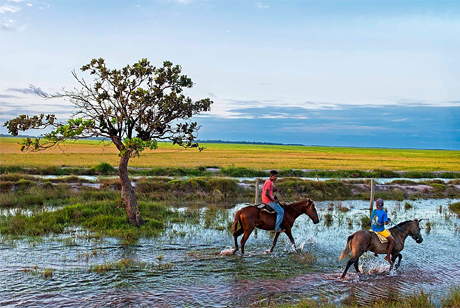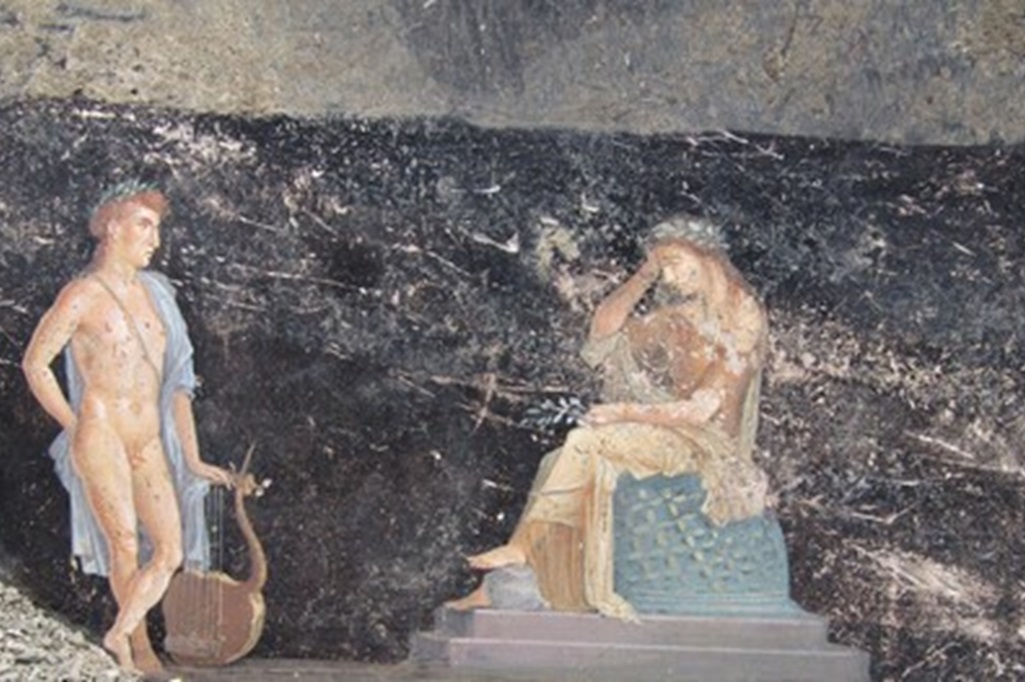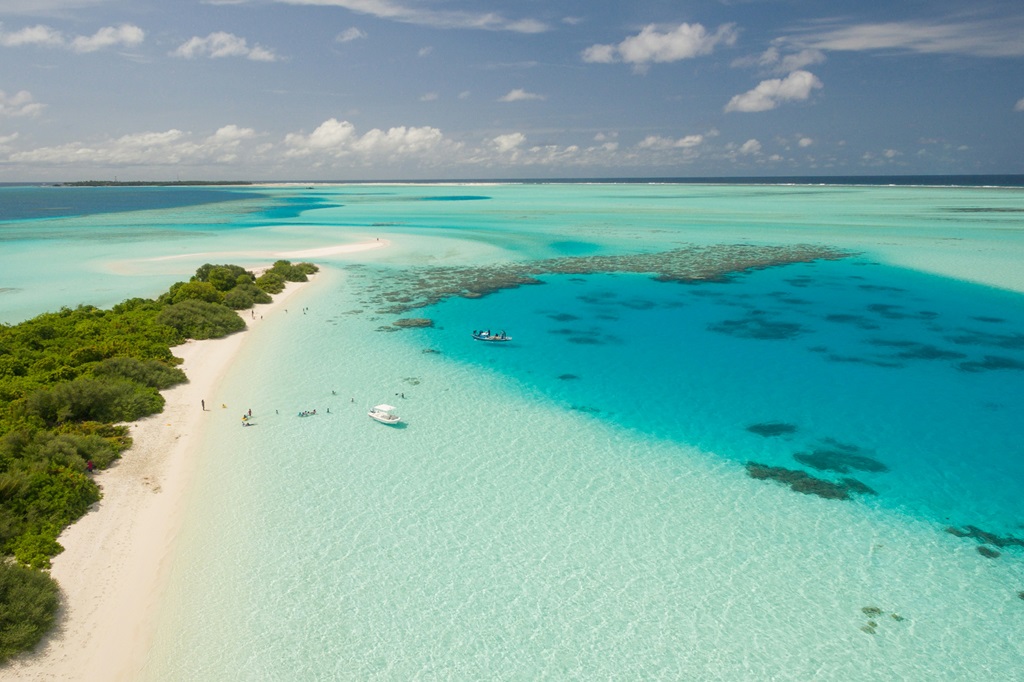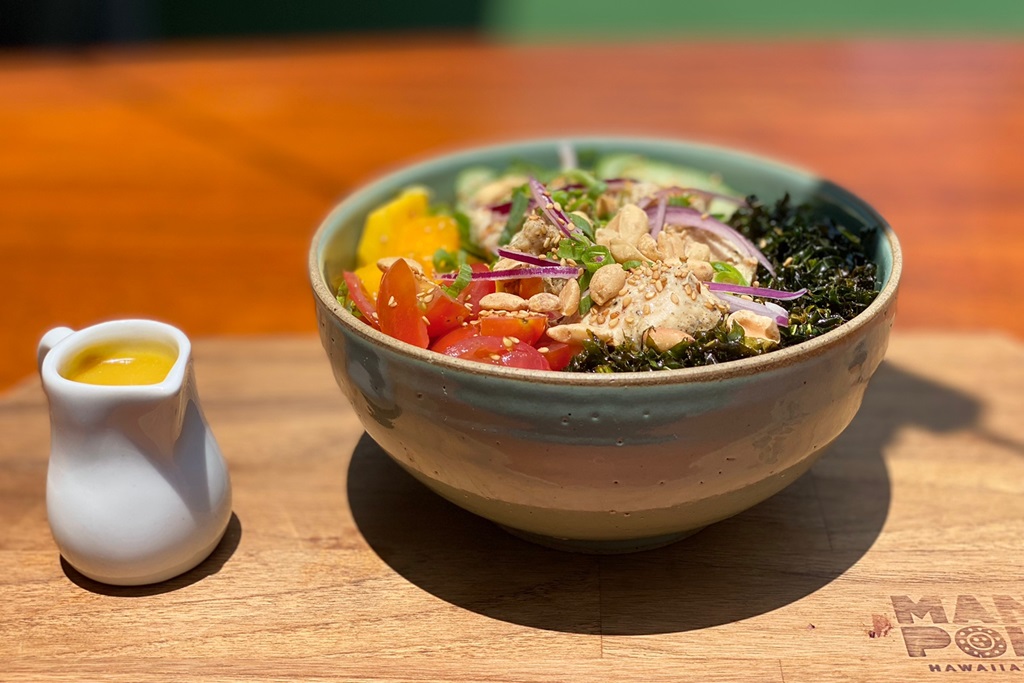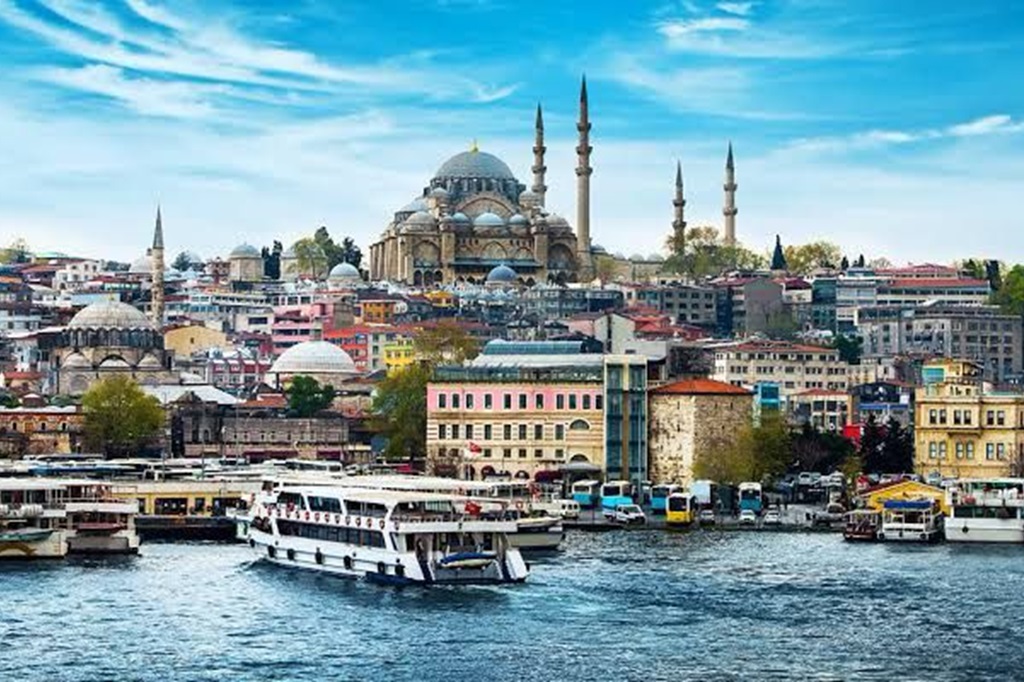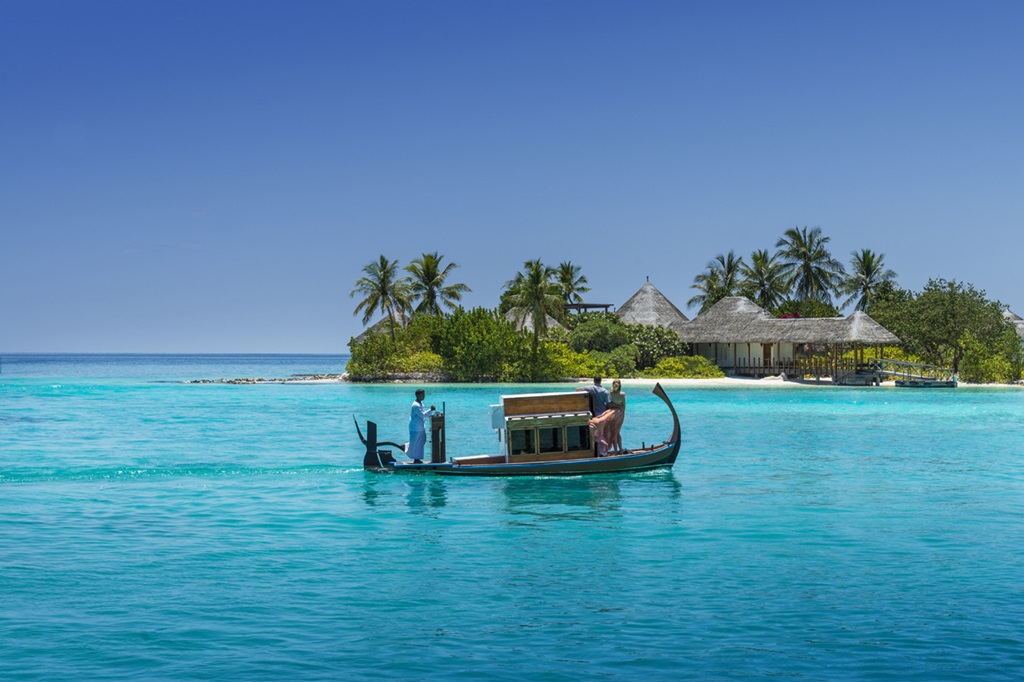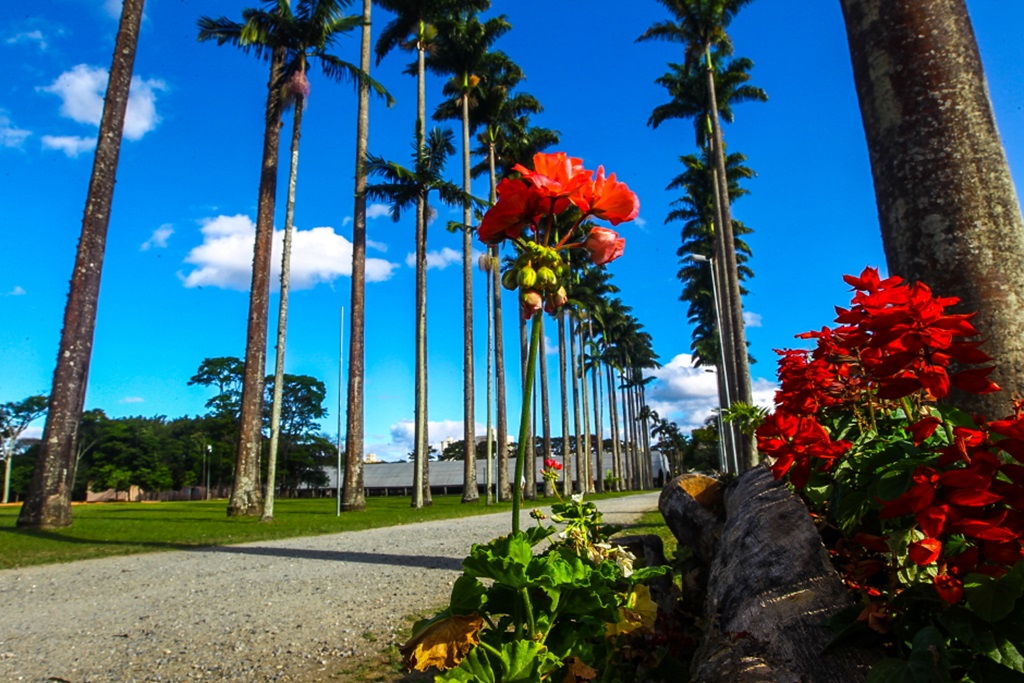O Marajó com suas mais de 3 mil ilhas forma o maior arquipélago fluvial e marítimo do planeta e exibe inúmeras riquezas naturais de um dos mais importantes cenários ecológicos do Brasil com uma diversidade de fauna e flora. Lagos, manguezais, igarapés, sítios arqueológicos, pântanos e praias de rio compõem o cenário. Dezesseis municípios fazem parte do arquipélago do Marajó, no Pará.
No lado Leste estão as cidades de Soure e Salvaterra que oferecem pousadas e fazendas e o turista pode optar pela calmaria de se hospedar em fazendas tradicionais ou viver experiências radicais como surfar nas ondas da pororoca (nome dado ao encontro entre as
águas do rio Amazonas e do Atlântico), fazer lanternagem de jacarés ou trilhas em lombo de búfalos. Há também os traços deixados pelos extintos povos marajoaras em peças cerâmicas, que ainda hoje inspiram artesãos locais, num legado de mais de 3 mil anos.
Salvaterra tem cenário ecológico formado por campos, fazendas, rebanhos de búfalos, belas praias, florestas pouco densas, campos inundáveis, cerrados e um folclore expressivo, na dança e na música. As fazendas de búfalos têm passeios pelos campos marajoaras e há a pesca esportiva. A primeira igreja de Salvaterra, na vila de Joanes, foi construída no século XVII pela Ordem dos Jesuítas.
Conhecida como a “Pérola do Marajó”, Soure, com hotéis e pousadas, reúne praias de águas doces e salgadas, campos naturais e uma variedade infinita de fauna. A maior cidade da ilha tem arquitetura que encanta pela simplicidade com ruas largas e arborizadas por mangueiras. O destaque são as praias, mas para quem deseja vivenciar o cotidiano dos moradores, a dica é hospedar-se em fazendas. A culinária, o folclore e a dança também são atrativos desse lugar.
Publicado no Aeroporto Jornal – abril/2010
Marajó
Marajó with more than 3 thousand islands, form the largest fluvial and marine archipelago of the planet and it is Area of Environmental Protection that exhibits countless natural riches of one of the most important ecological sceneries in Brazil. In the island, the visitor knows a variety of fauna and flora that turns it a very sought tourist destiny. Lakes, growth of mangroves, igarapés, archeological sites, swamps and
river beaches compose the scenery. Sixteen municipal districts are part of the Marajó archipelago.
In the East side are the cities Soure and Salvaterra. Separated by the river Paracauari, the 2 cities offer lodgings and farms that are favorable to welcome the visitors that appreciate rural tourism. The opportunities are varied. The tourist can opt for the calm and accommodate in traditional farms or to live radical experiences as surfing in the pororoca waves (name given to the encounter of the Amazon river and of
Atlantic Ocean waters), to search alligators with flashlights or trails in buffalos’ loin , in fact, the largest flock of animals in the country.
There are also traces left by the extinct marajoaras people in ceramic pieces, that still today inspire local artisans, in an artistic and cultural legacy of more than 3 thousand years. Salvaterra, the Princess of Marajó, has an enchanter ecological scenery formed by holes, fields, farms,
buffalos flocks, beautiful beaches, little dense forests, flooded fields, savannahs and an expressive folklore, in dance and music. When the subject is ecotourism, it has a lot to offer. The buffalos farms, with the walks by the marajoaras fields and the sport fishing are activities that represent great potential. The religion also left its mark.
The first church of Salvaterra, in the Joanes town, was built in the 17th century by the Jesuits Order. Known as the Pearl of Marajó, Soure gathers beaches of fresh and salty waters, natural fields and an infinite variety of fauna. The largest city of the Marajó island has an architecture that enchants for its simplicity, houses, gardens, wide and arboreous streets by mango trees. Among the natural attractions
the beaches stand out. As lodging options, Soure offers hotels and lodgings. But for those who want to live the daily of the residents, the clue is to accommodate in farms. The cookery, the folklore and the dance are also unique attractive of that place.
